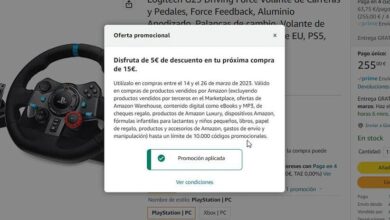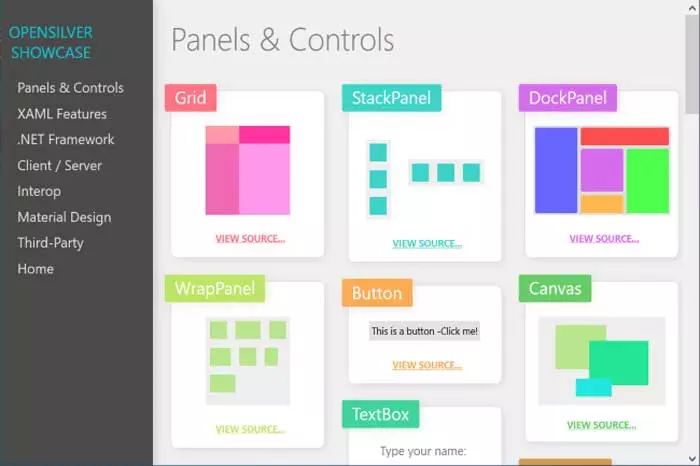
A network service is an application that provides data storage, manipulation, presentation, or communication at the network application layer and higher. Client-server or peer-to-peer architecture based on application layer network protocols is commonly used. Windows services are essential to keep the server running as desired. These services sometimes fail to start or stop working. To avoid costly system and network disruptions, these services must be regularly monitored with a Windows service monitoring tool.
Services would be the blood vessels responsible for the interchange of material between blood and tissue cells if a network were a human body. Troubleshooting a service interruption is the angioplasty the network requires to get back on track. Service monitoring is essential for keeping the network running well, just as regular doctor’s visits are essential for maintaining the human body in good shape. This imagery should be enough to emphasize the importance of service monitoring in general and Windows service monitoring in particular.
What should you monitor in your Windows services?
Windows services are an important part of the Microsoft Windows operating system because they allow you to create and manage processes. Monitoring software for Windows should include the following features:
- Check FTP, DHCP, DNS, RPC, Telnet, MySQL, and other services for availability and response times.
- Windows services will be monitored, and you will be notified if they go down. You will also be able to shut down or pause them as needed.
- Monitor network devices’ uplink dependencies to see which ones are down due to a service failure.
Windows services monitoring capabilities provided by OpManager
1. Dedicated reports on the availability of Windows services
OpManager is a Windows service monitor that helps you identify performance degradation in the long run. With OpManager, you can generate reports on availability and other critical parameters. This allows your IT manager or team to make informed and data-driven troubleshooting decisions.
2. Workflow automation to troubleshoot Windows service availability
OpManager’s workflow builder feature allows you to design custom workflows. There are simple drag and drop actions to get services active, pause a service, restart a service, resume a service, start a service, stop a service, and test a service. This makes monitoring the service easy and efficient.
3. Notifications to promptly monitor Windows services
With OpManager, you can monitor the availability of Windows services running on your networks in real time and receive an immediate notification in the event of a service failure. Color-coded alerts are the best way to prioritize what data to show and what services to restart if necessary.
Monitoring Windows services to ensure optimal network performance is just one of many things a versatile tool like OpManager can do. To see for yourself how OpManager can help you better manage your entire network infrastructure, download a free 30-day trial or sign up for a free, personalized demo.
Watch this video to learn more about OpManager’s Windows service monitoring feature:



